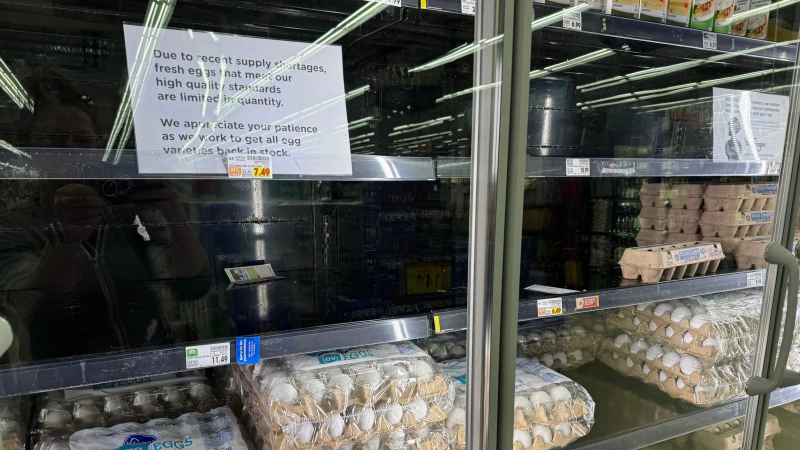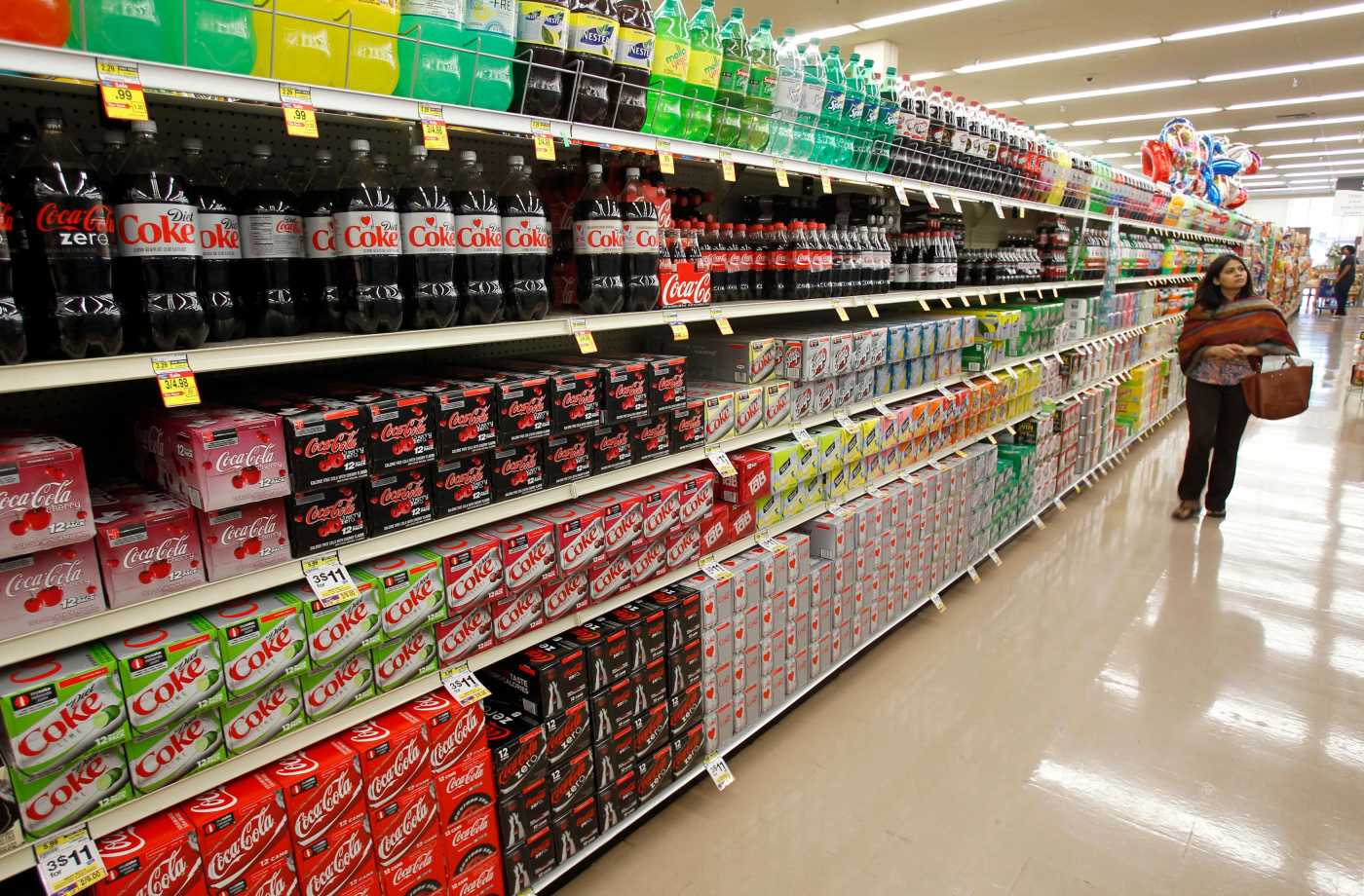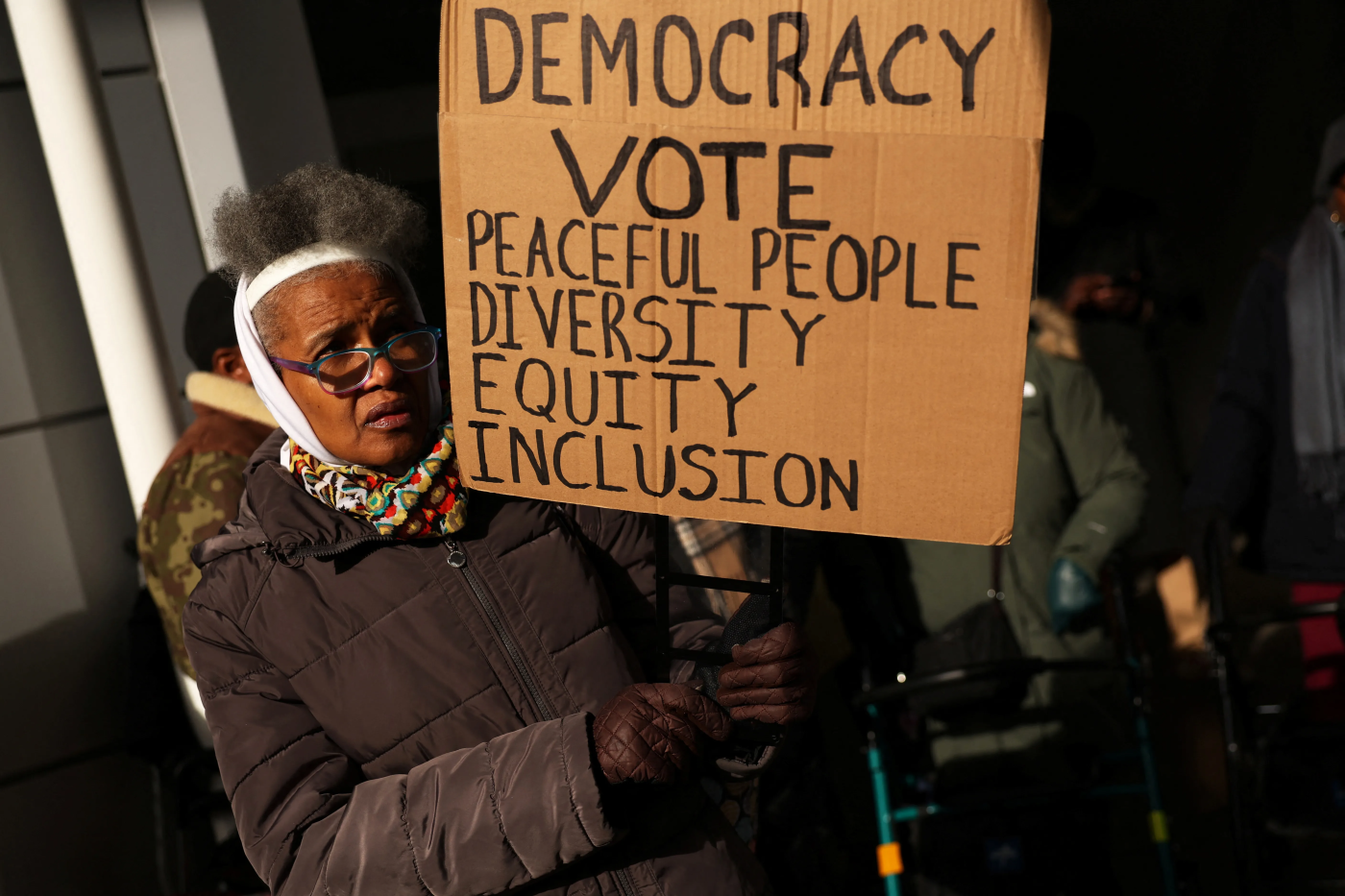
Grocery prices jumped 0.5% last month. Here's where shoppers were hit hardest.
Starting off your day with bacon and eggs? It'll cost you.
Grocery price inflation has come a long way since hitting 13.5% in the summer of 2022, but January saw a notable jump with prices up 1.9% from the same month last year, up from 1.2% in January 2024. Prices were up 0.5% from December, the largest month-over-month increase since October 2022.
Some of the largest price hikes are staples of the traditional American breakfast. Bacon prices are up 4.1% from the prior month, frozen juices are up 5.3% and fresh biscuits, rolls and muffins are up 1.8%.
But the item with the largest monthly price jump in consumers' grocery carts, according to the Labor Department’s consumer price index? Eggs. Prices jumped a whopping 15.2% last month after the H5N1 bird flu disrupted egg production.
"When you're looking at the data, it's the breakfast items that stand out," said David Ortega, a food economics professor at Michigan State University. But "there are still inflationary pressures across the various food categories."
Capitalize on high interest rates: Best current CD rates

What breakfast food prices have gone down?
For shoppers looking to cut costs at the breakfast table, there are a number of items that saw prices improve from December to January.
- Breakfast cereal is down 3.3%.
- Bread is down 0.7%, or 0.9% if you’re not buying white bread.
- Fresh coffee cakes and doughnuts are down 0.5%.
- Breakfast sausage is down 0.3%.
- Roasted coffee is down 0.3%.
Egg prices are up:Trader Joe's, other retailers limiting how many eggs people can buy amid shortage
What other food prices are up in January?
Other popular food items saw price hikes in January compared to the previous month.
- Instant coffee is up 4.4%.
- Margarine is up 3.6%.
- Canned fruits are up 2.8%.
- Beef steaks are up 2.8%.
The good news, Ortega said, is that the rate of food price increases has moderated since 2022. The not-so-good news for shoppers? Food prices are still "significantly higher" today than four years ago.
While the pace of price increases has slowed, that doesn't mean prices across the board are expected to fall. A widespread drop in prices, also known as deflation, usually indicates a weak economy.
Ortega said it's "worrying" that the rate of increases has started to tick up, but it's too early to predict what food prices will look like for the remainder of 2025.
He said bird flu and climate change are two factors contributing to some of the recent price increases, and he'll keep an eye on President Donald Trump's policies ‒ particularly his administration's plans with tariffs ‒ to see if they drive up food prices. Trump earlier this month paused 25% tariffs on Canada and Mexico for 30 days.
"Policies can have an impact on food prices," he said. "We're coming off a period with a lot of disruptions to the agrifood industry, from COVID, Russia's invasion of Ukraine. We need a period of stability, especially when it comes to policy, so that we don't get ourselves into an inflationary period when it comes to food prices again."
Michael Swanson, Wells Fargo’s chief agricultural economist, pointed to beef prices as another trend to watch. Prices have been up since a 2022 drought forced ranchers to send more cows to slaughter; according to the latest consumer price index, beef prices are up 5.5% from the same month last year.
Consumers so far have been willing to pay record prices thanks to recent trends around wage and employment growth, according to Swanson, but prices could drop if demand ebbs.

